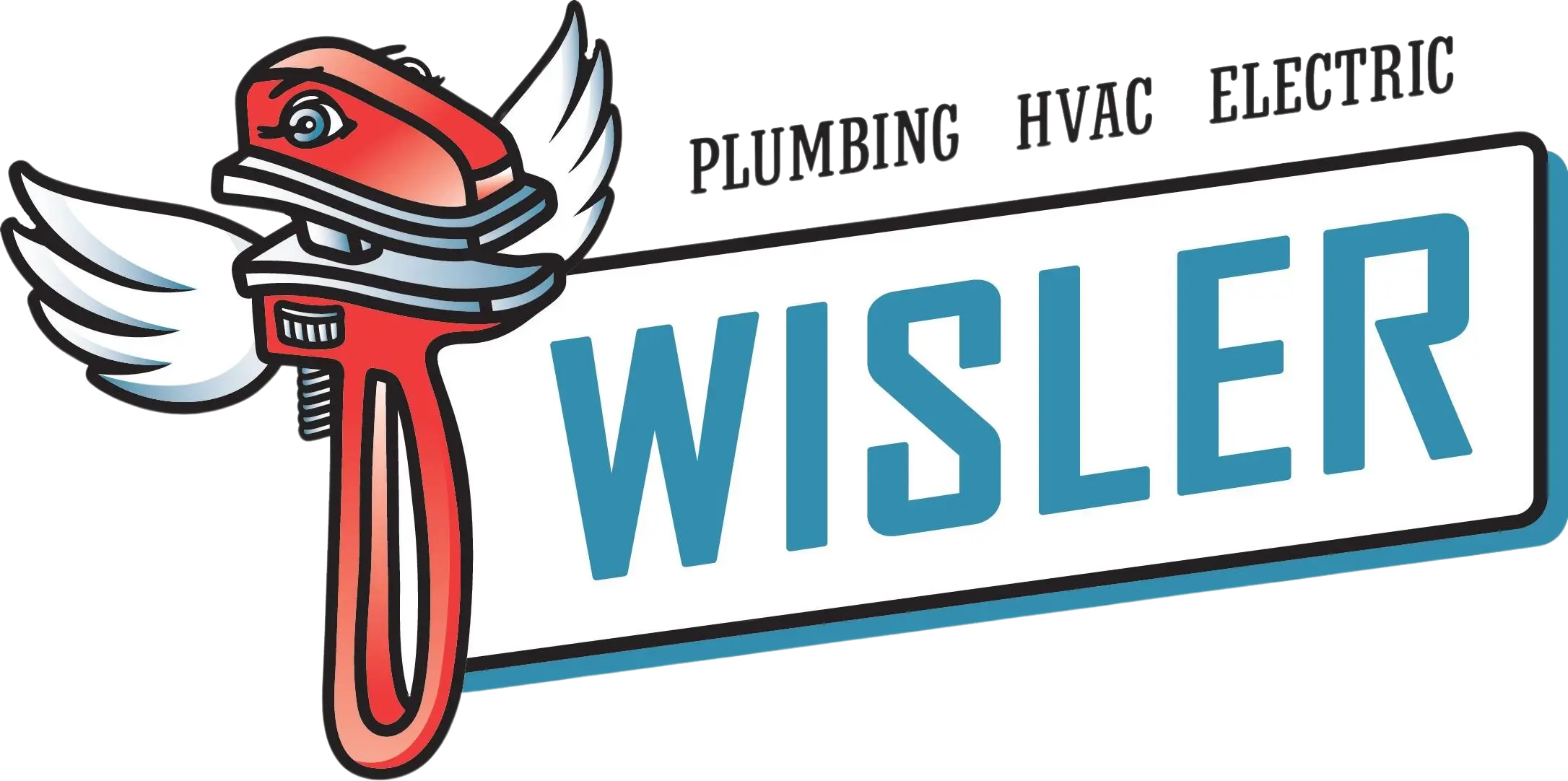- 0 Comments
- By James Wisler
- HVAC
- [otfliker]
Most of us don’t think about how our pets can affect HVAC performance. Luckily, our furry loved ones and HVAC systems can get along together in harmony. It just takes a couple of easy-to-do tips that anyone can follow.
Fur and pet dander (tiny, almost invisible skin particles) are small enough to get transported by the airflow produced by a home’s HVAC system. Whether you feel it or not, air in your home moves around and gets sucked into the return air grille, which then delivers cool or heated air to keep the space comfortable. We’ve found that a lot of times pet owners really need to pay more attention to the frequency that they change their air filters (which should be installed behind the air return grille). I’d say one of the most useful tips is simply the need to change the filter more frequently than someone without a pet. You don’t want the filter to get clogged up because it would cause the system to starve for air, leading to a potential breakdown or even premature failure.
Another tip is to make sure you never run your system without a filter, because that would pull a significant amount of pet dander and fur inside the actual HVAC unit. It would quickly cause excessive damage requiring the system to be taken apart and professionally cleaned. I’d definitely also say that pet owners need to have their HVAC systems inspected regularly. If you’ve been doing a good job with the filters, pet dander shouldn’t be getting into the unit. However, systems can still have cracks where pet dander gets sucked in. You’ll definitely want to get the system looked at twice a year. If there are any issues, the system can be cleaned and you’ll end up much happier with its performance.
If you’re a pet owner and you have additional concerns about your HVAC performance, just reach out to us today. Contact us directly online, request an appointment, or give us a call at 540-483-9382.





